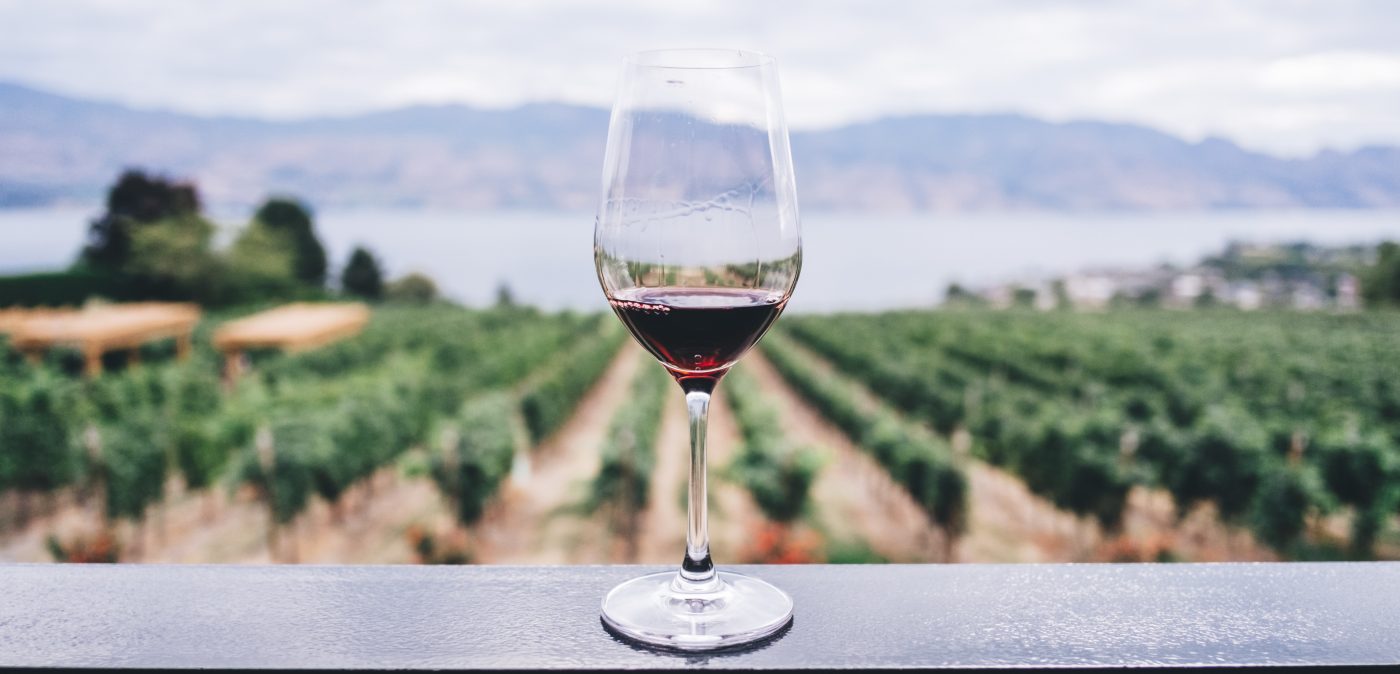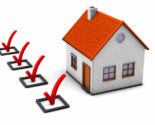
How Much Do I Need for a Down Payment on a House?
Buying a house is a huge step in life and involves a lot of work and money. A down payment is an integral part of the process and will affect what type of house you can afford, your mortgage, and more. So how much do you need for a down payment on a house in Canada? Read on to learn more.
What is a down payment?
A down payment on a house is a lump sum that you use to purchase a home. It’s only a portion of the total purchase price of the house and is often made in cash; the rest is typically covered by a lender in the form of a mortgage loan. The higher the down payment, the lower the mortgage.
Down payment vs. house deposit
A down payment and a deposit might sound similar, but they are two different things. While they work together, they are not interchangeable.
The deposit comes first. This is the money you put up during the offer process to secure the property that you wish to buy. It acts almost as a gesture of good faith to show the seller that your offer is serious. It also shows that you do, in fact, have the finances to afford the home purchase. A deposit is typically about 5% of the sale price, but there is no official standard amount. It is usually provided either when an offer is made or accepted but can be given at a different agreed-upon time. The deposit will then be placed in a trust account until the deal closes.
At closing, the deposit is applied towards the purchase price of the home as part of your down payment. Of course, your deposit shouldn’t be the entirety of your down payment. Ideally, you want your down payment to be as large as possible since it works in your favour when it comes to the mortgage.
How much is needed for a down payment?
The minimum down payment required on a home in Canada depends on the purchase price.
- For homes under $500,000, the minimum down payment is 5%.
- For homes between $500,000 and $999,999, you need 5% for the first $500,000 of the purchase price and 10% for the amount above $500,000.
- For homes costing $1 million or more, the minimum down payment is 20%.
That being said, if you are self-employed or have a poor credit history, your lender may require a higher minimum down payment from you.
Now, 5% may seem like a pretty low number. But, this isn’t necessarily a good thing. For down payments that are less than 20% of the price of the home, you will be required to purchase mortgage default insurance which helps protect the lender against default. Since most home buyers want to avoid this extra fee, it’s suggested to have a down payment of at least 20%, but the higher, the better.
Can I get a no-down-payment mortgage?
Prior to 2008, there were zero-down-payment mortgages in Canada. However, the government has since outlawed them. That being said, it is possible to still get a mortgage without a down payment by borrowing the money. This approach is called Flex Down. Essentially you use a line of credit, personal loan, or credit card to borrow the minimum down payment needed.
While it may be possible to do this, it is not recommended since the interest rates on such loans are very high. Plus, you won’t be eligible for mortgage default insurance from the Canada Mortgage and Housing Corporation (CMHC), which stipulates that qualifying borrowers cannot borrow money for their down payment.
Ways to help save for the down payment on your home
If you are working on saving up for a down payment on your home, here are some tips and ideas to get you started.
Prioritize & budget
If you are serious about buying a home, then you might need to give up a few things. Look into your budget and see where you can reduce costs and save money. Maybe you can get rid of some subscription services and cut down on shopping and eating out. While lowering your day-to-day expenses will help, you will need to take it another step further, too. This might mean cutting out travel vacations, not upgrading to the latest iPhone, or buying a cheaper vehicle.
Set up a specific savings account
Take the time to set up a savings account specifically for your down payment. Automate it if you can so you transfer some money to the account every time you get paid, then add to it if you have any extra cash. Keeping the money separate and having automatic contributions is an easy way to save. A Tax-Free Savings Account (TFSA) is a great place to keep this money because you can earn interest without having to worry about paying income tax on that interest.
Borrow from your RRSP
Remember, if you have a Registered Retirement Savings Plan (RRSP) you can borrow up to $35,000 from it, tax-free, for your first home as part of the Home Buyers’ Plan. There are plenty of conditions to be aware of in terms of paying back the money, so make sure you understand how this works, but that amount can be a significant chunk towards your down payment.
Reduce your debt
It’s hard to save if you owe money, so consider paying off your debts. There are a couple of strategies to help you do this including the snowball and avalanche approaches. Both of these methods can be very effective, just stick to one and keep at it. The added benefit is that reducing debt will improve your debt service ratios, making it much easier for you to qualify for a mortgage when it comes time to buy your home.


